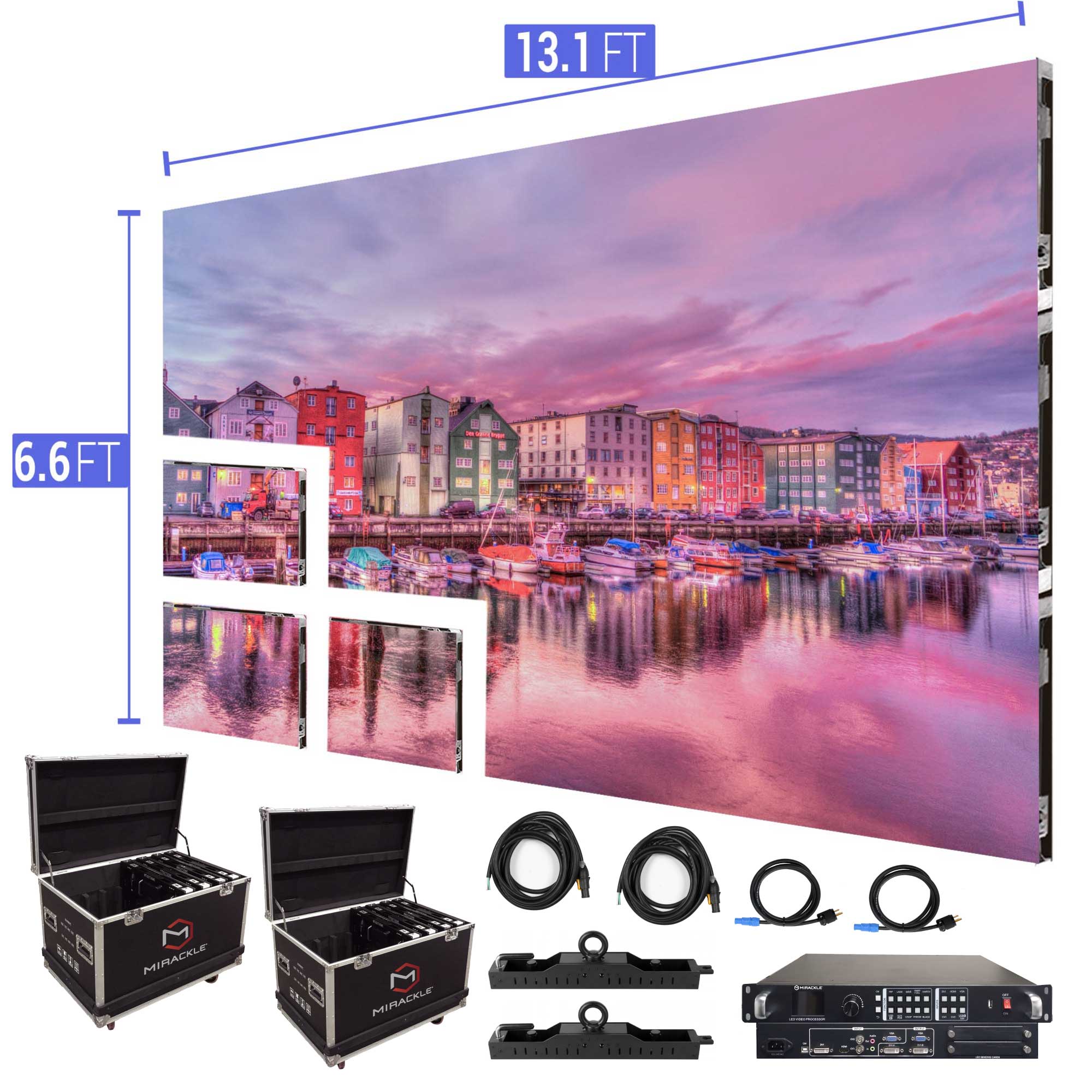Mastering Color Precision in LED Display Adjustment for Stunning Graphic Displays
Mastering Color Precision in LED Display Adjustment for Stunning Graphic Displays
Blog Article
Color accuracy is crucial for producing breathtaking graphic presentations, particularly when employing LED screens. These massive screens are commonly found in places like concert venues, sports arenas, and advertising billboards. When the colors on an LED wall are not correct, the images can look dull or distorted, which can affect the overall impression for viewers. Therefore, perfecting color accuracy in LED wall calibration is crucial for achieving lively and realistic visuals.
The first step in ensuring color accuracy is understanding how LED systems works. LEDs, or light-producing diodes, produce light in various shades by mixing red, green, and blue (RGB) light. Each dot on an LED screen consists of these three colors. When calibrated correctly, the combination of RGB can create a broad range of hues. However, if one hue is too intense or too faint, it can throw off the entire screen. This is why tuning is needed to equalize the hues and reach the desired visual effect.
Calibration entails modifying the configurations of the LED wall to make sure that the hues shown correspond the original material as nearby as possible. This procedure typically includes using specific software and hardware tools. Technicians often use color measurement devices, such as spectrophotometers, to examine the colors being shown. By comparing the assessed hues to standard color standards, they can make exact adjustments. This ensures that the colors are not only lively but also consistent across the whole screen.
Another crucial factor of color precision is understanding the surroundings in which the LED wall is employed. Elements such as ambient light can considerably impact how hues look. For example, a well-lit lit room may wash out hues, making them look less lively. To counteract this, technicians may adjust the luminosity and differentiation settings of the LED wall. Additionally, they may select specific color settings that are better suited for various lighting conditions. This flexibility helps maintain color accuracy irrespective of the viewing surroundings.
Finally, regular maintenance and re-tuning are crucial for keeping an LED wall looking its finest. Over time, the performance of LEDs can change due to factors like degradation and heat fluctuations. Regular checks and modifications can help ensure that the colors remain accurate and lively. By committing time in proper calibration and upkeep, venues led wall calibration for social media can offer viewers with stunning visual presentations that improve their overall experience. Perfecting color accuracy in LED wall calibration is not just a mechanical job; it is an art that adds to the wonder of visual narration.